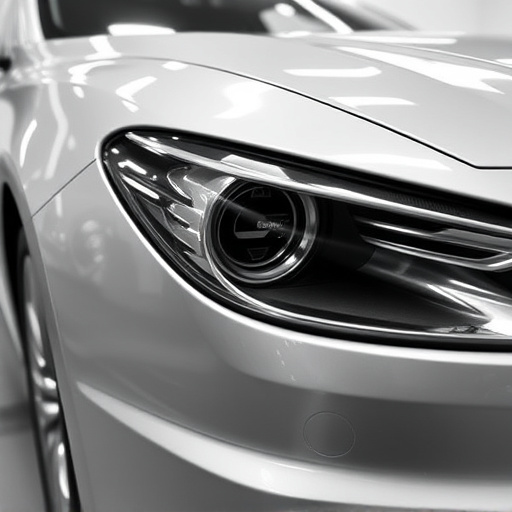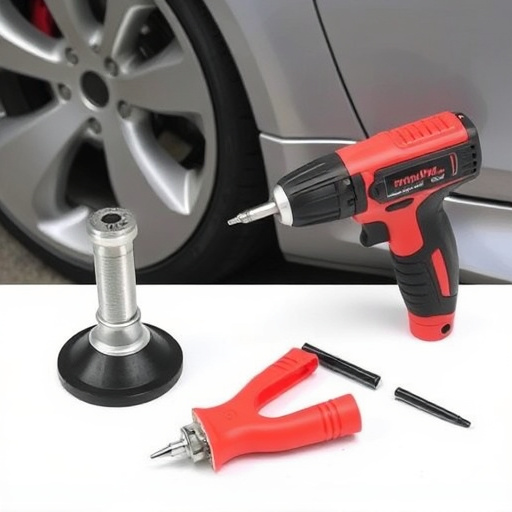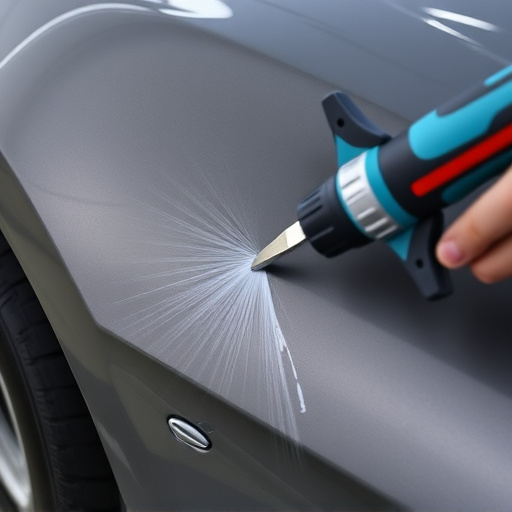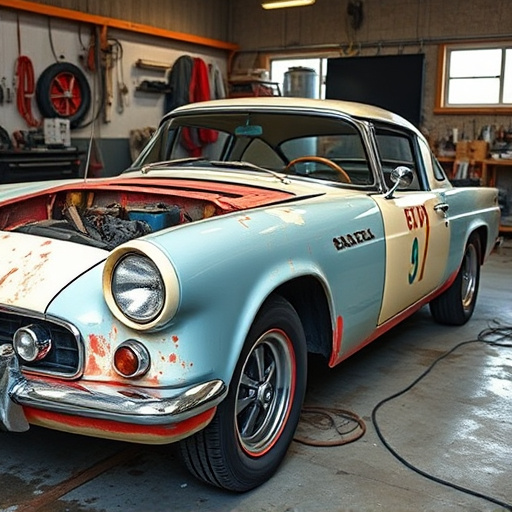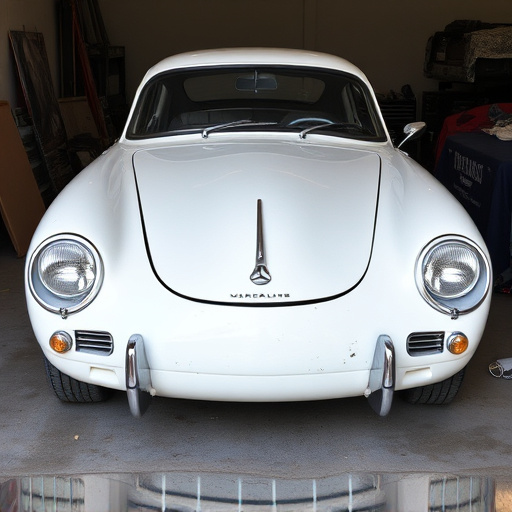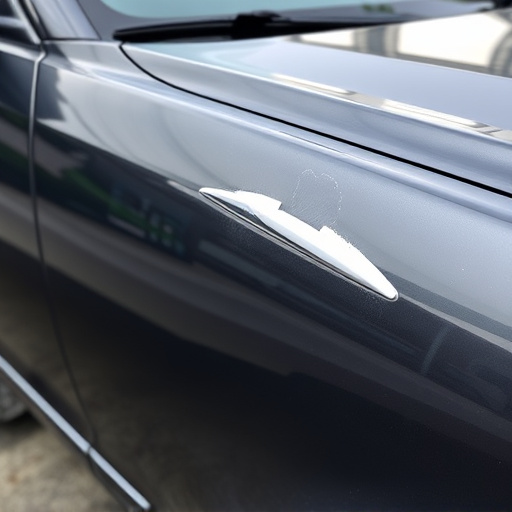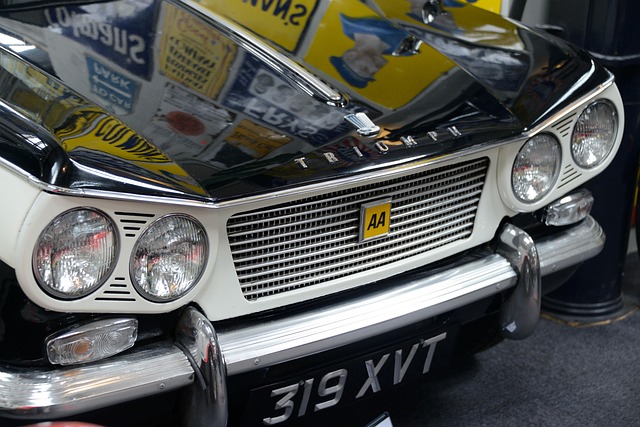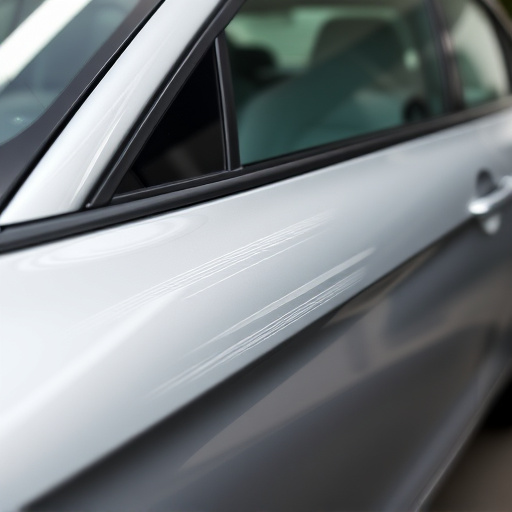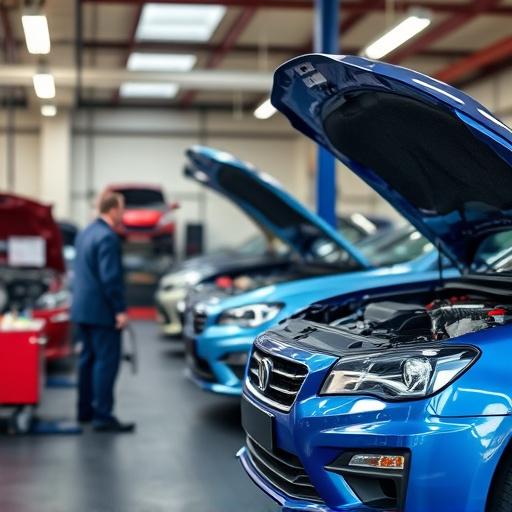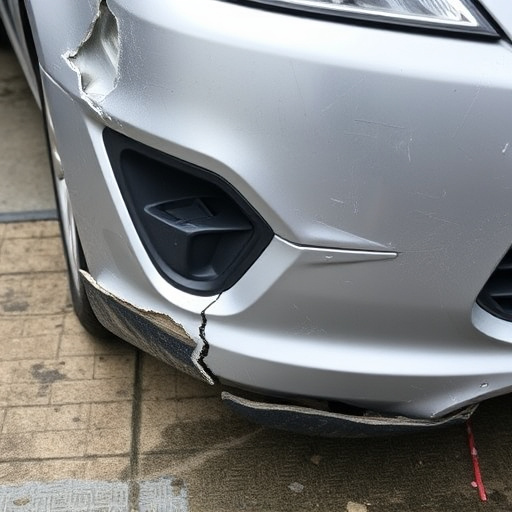Frame and panel damage is a common challenge for auto body technicians, stemming from accidents, collisions, or minor impacts causing dents, creases, and buckled metal. Bumper repairs are crucial components of their services, addressing damage from falling debris or mishandling. Technicians use advanced tools like CAD software, frame machines, and hydraulic presses to assess, disassemble (if needed), repair/replace components, and precisely paint vehicles to original specifications while meeting safety standards. They employ methods such as paintless dent repair (PDR) for minor issues and welding/riveting for complex frame damage, often assisted by robotic welders and computer-aided design (CAD) software in collision centers.
Auto body technicians are skilled professionals who play a pivotal role in restoring damaged vehicles to their original state. Understanding frame and panel damage is crucial, as these components form the vehicle’s structural backbone. This article explores common causes and types of such damage, delving into how auto body technicians employ specialized techniques and tools for effective repairs. By examining these processes, we highlight the expertise and significance of auto body technicians in ensuring safe and reliable vehicle restoration.
- Understanding Frame and Panel Damage: Common Causes and Types
- The Role of Auto Body Technicians in Repairing Frame and Panel Damage
- Techniques and Tools Used by Auto Body Technicians for Effective Repairs
Understanding Frame and Panel Damage: Common Causes and Types
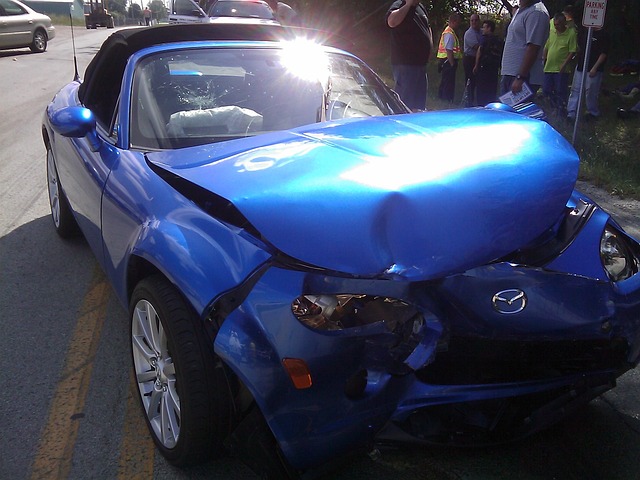
Frame and panel damage is a common issue that auto body technicians encounter frequently. It refers to the deformation or misalignment of a vehicle’s structural frame and individual panels, including doors, fenders, and hoods. This type of damage can result from various incidents such as accidents, collisions, or even minor fender benders.
There are several types of frame and panel damage. One common form is bent or twisted metal frames caused by impact or extreme forces during an accident. Dents, creases, and buckling of panels are also prevalent, often occurring due to a collision with another vehicle, a tree, or a road obstacle. Bumper repair is a significant part of auto body shop services as bumpers often take the brunt of impacts during minor accidents. Other types include broken or cracked panels, which may be a result of falling debris or sharp objects, and misaligned components due to excessive force or improper handling.
The Role of Auto Body Technicians in Repairing Frame and Panel Damage
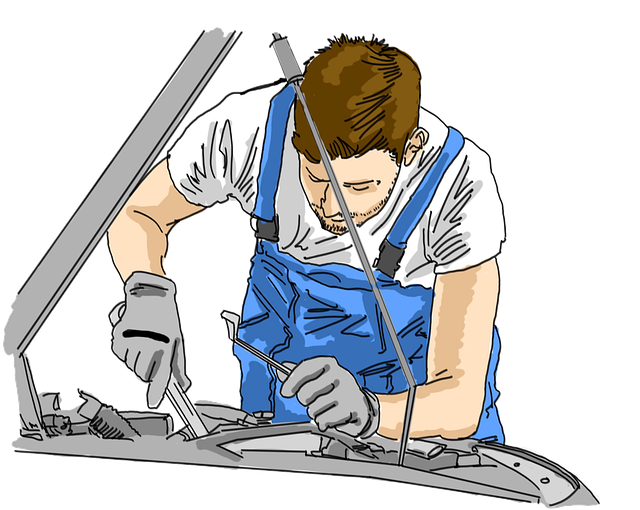
Auto body technicians play a pivotal role in repairing frame and panel damage on vehicles. They are skilled professionals who possess the expertise and tools necessary to assess and fix various types of car body issues, from minor dents and dings to more severe structural damage. When a vehicle suffers frame damage, auto body technicians are tasked with realigning and straightening the metal to restore its original shape. This meticulous process requires precision and knowledge of advanced techniques such as welding, patching, and painting to ensure the safety and structural integrity of the vehicle.
In an auto repair shop, these technicians utilize specialized equipment like frame machines and hydraulic presses to manipulate the metal frames. They also employ computer-aided design (CAD) software to measure and compare repairs, ensuring accurate alignment. Auto body work involving frame and panel damage often requires a multi-step approach, beginning with assessing the extent of the harm, disassembling damaged components if necessary, repairing or replacing them, and finally, meticulous painting and finishing to match the vehicle’s original color perfectly. Car body restoration, when performed by seasoned auto body technicians, not only restores the aesthetic appeal of the vehicle but also ensures it meets safety standards.
Techniques and Tools Used by Auto Body Technicians for Effective Repairs
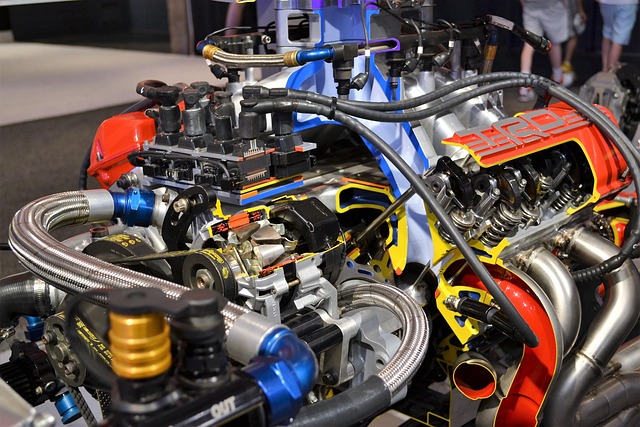
Auto body technicians employ a variety of advanced techniques and tools to effectively repair frame and panel damage. They start by assessing the extent of the damage using specialized equipment, such as digital measuring tools and 3D scanners, which help in creating precise measurements and ensuring accurate repairs. Once the damage is evaluated, technicians use a range of methods tailored to different types of repairs.
For minor dents and scratches, auto body technicians often turn to paintless dent repair (PDR) techniques, which involve using specialized tools to gently push out the dent from the inside without damaging the surrounding panel or painting. More complex frame damage requires more intricate procedures including welding, riveting, and replacement parts installation. They meticulously align and weld damaged components back into place, ensuring structural integrity and a seamless fit. Collision repair centers also utilize advanced equipment like robotic welders and computer-aided design (CAD) software to streamline the process, making repairs faster, more efficient, and reliable.
Auto body technicians play a pivotal role in repairing frame and panel damage, utilizing specialized techniques and tools to restore vehicles to their pre-incident condition. By understanding the common causes and types of such damage, these professionals can effectively navigate the repair process, ensuring the safety and aesthetics of the vehicle. Their expertise is invaluable in today’s automotive landscape, where precision and efficiency are paramount.
